Apple ProRAW vs JPEG Shootout: Worth The Bigger File Size?
Moment, most well known for its accessories for iPhone, has published a detailed 32-minute video where the image quality differences between shooting JPEG and ProRAW are compared on the new iPhone 12 Pro Max.
While a more straight-out-of-camera review of ProRAW was published here (which compares HEIC, Lightroom DNG, and ProRAW DNG with no post-processing applied other than ACR’s baseline interpretation of the files), Moment’s test more compares how the files handle editing. Additionally, the team chose to shoot in JPEG rather than HEIC for their comparisons to ProRAW.
Read also: How to Convert HEIC to JPG
Caleb, the Moment photographer, also shoots all his photos with the company’s camera app, which allowed them to quickly switch between ProRAW capture and JPEG.
The first image set that is compared is of a river and a large rock cliff:
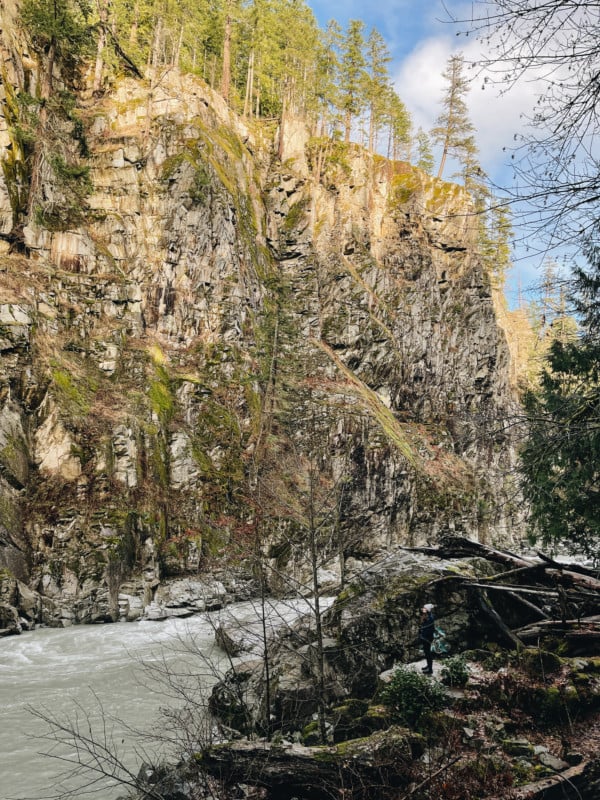
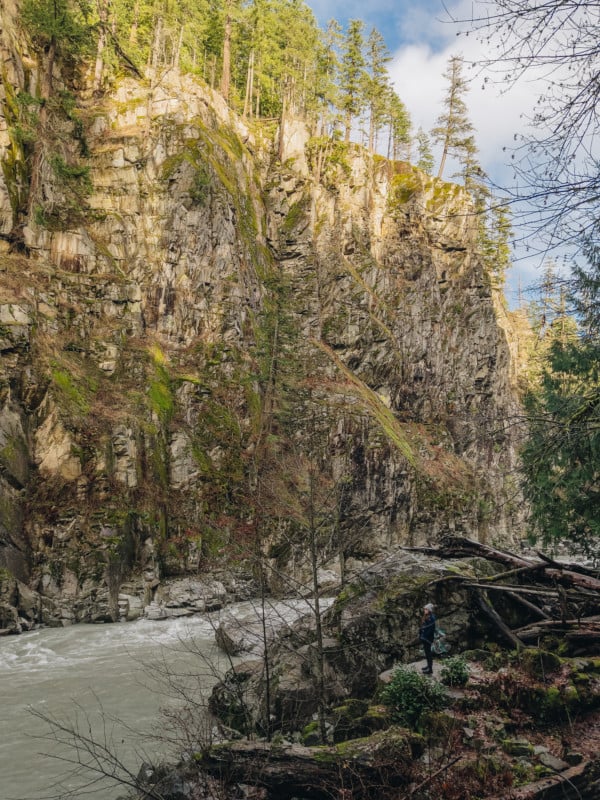
Taylor, the editor, notes that some of the colors are better in the ProRAW file and that there is a different “texture” to the file.
![]()
“It is just so much clearer, and it’s not so ‘chunky,'” she says. “Chunky is a word for pixelated or artificially sharp. Almost like I took the sharpen toggle and jacked it up, which I obviously did not do. That ProRAW file just looks a lot nicer to the eye. Clearly way more detail.”
In the second image, Caleb photographed a fern close-up, which should reveal how the different formats treat details.
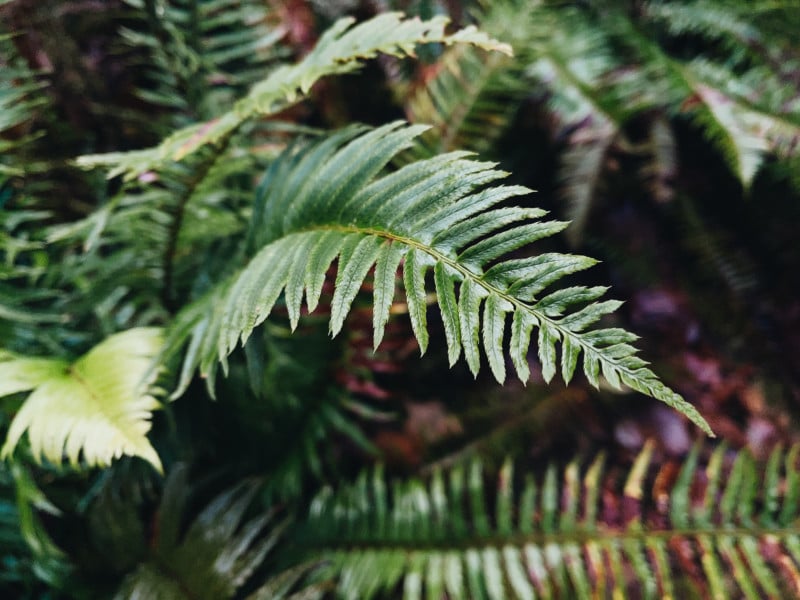
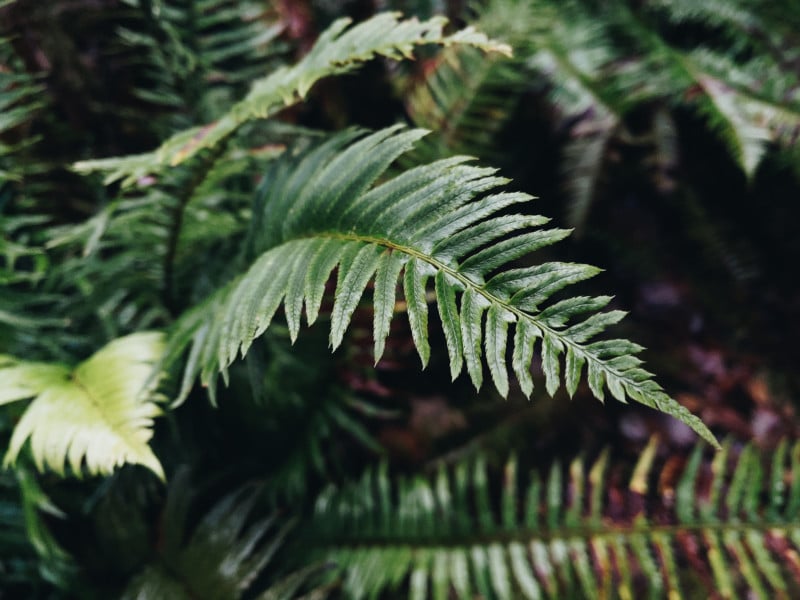
“The JPEG version is not bad by any means,” Taylor says. But comments that the ProRAW version is again notably superior. “It’s crisper in the in-focus parts, and there is just so much more detail in each and every one of those leaves.”
![]()
The next set was harder to differentiate without pixel-peeping.


“They look almost identical when you view them like this,” Taylor says, viewing the images at less than 100%. But when she zooms in, she notes some differences. “Everything looks smoother, and smoother doesn’t mean blurry here. It just looks more natural, more soft. Opposed to the chunkier, clinically sharp JPEG file.”
![]()
It should be noted that this particular file tested the shadow dynamic range of the file, as the original image was very underexposed:
![]()
The next set continues to show off the benefits of ProRAW: better detail reproduction, less aggressive sharpening, and overall better color:
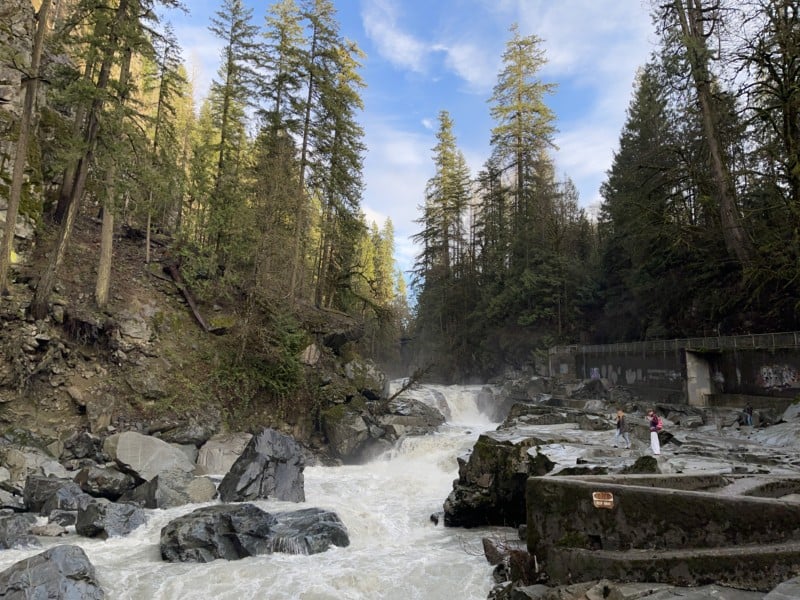
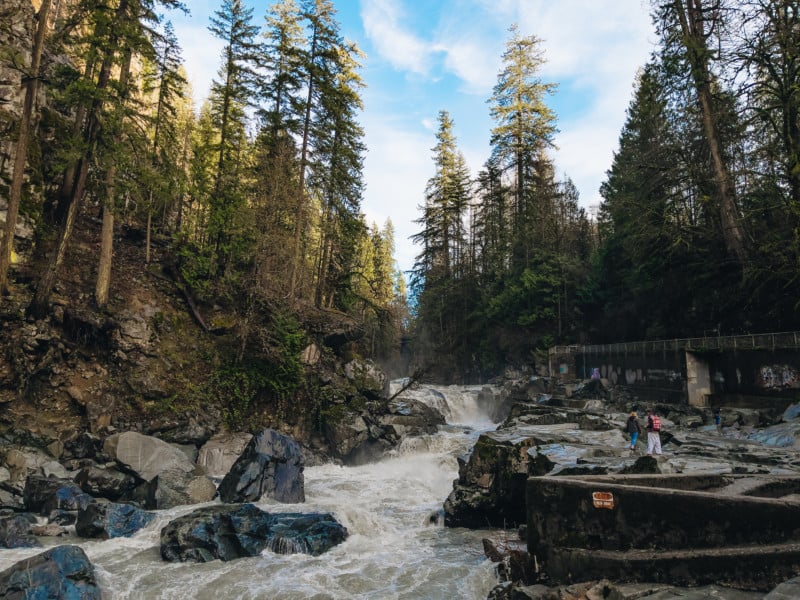
![]()
ProRAW files, as you can imagine, are significantly larger than standard JPEGs or HEICs. So with that in mind, is it worth shooting in ProRAW? In the end, it depends on your use and expectations. While none of the JPEGs shown above look “bad” by any means, the ProRAW files just look better. Still, because they are RAW files, to get the most out of them you will likely want to edit them before sharing them. If you don’t want to expend that extra effort, then ProRAW is probably not the right choice in that circumstance.
But if your goal is to get a photo that you want to spend more time with before you publish it, then ProRAW appears to be a no-brainer. Images are rendered more realistically and have considerable dynamic range. If you enjoy working with your images, it appears to be the superior format.
For more videos from Moment, you can subscribe to the company’s YouTube Channel.
Image credits: Photos courtesy of Moment and used with permission.